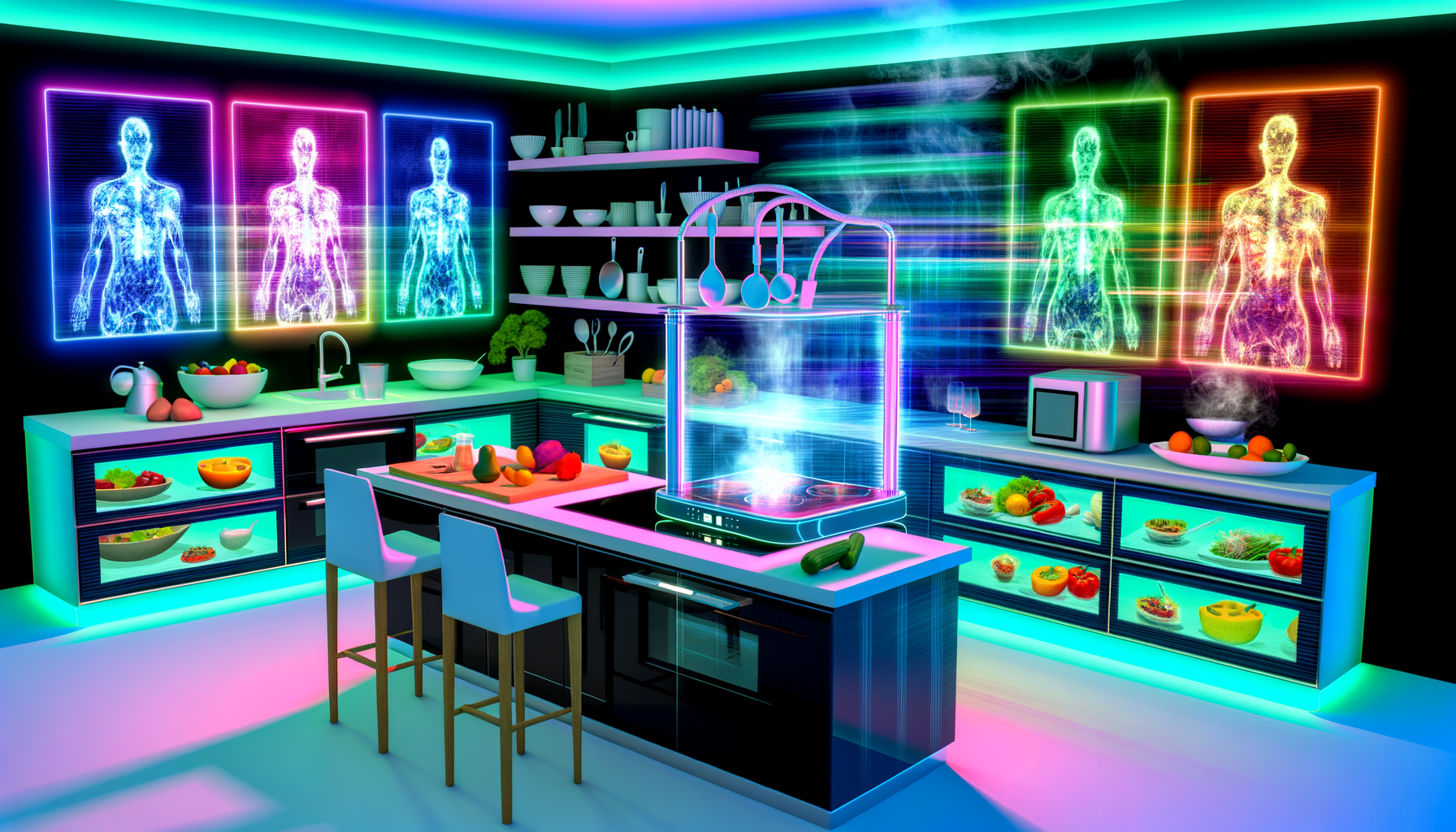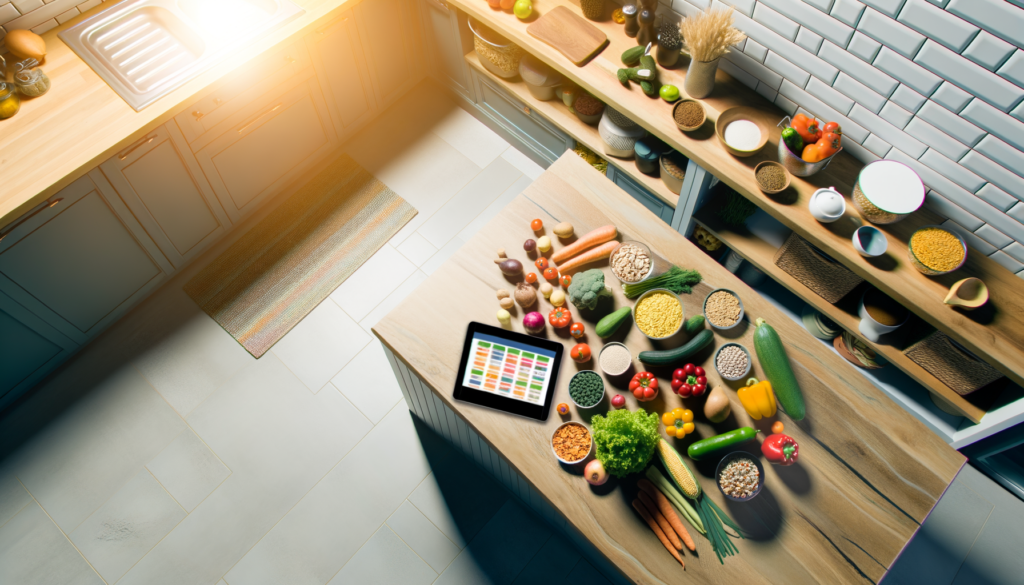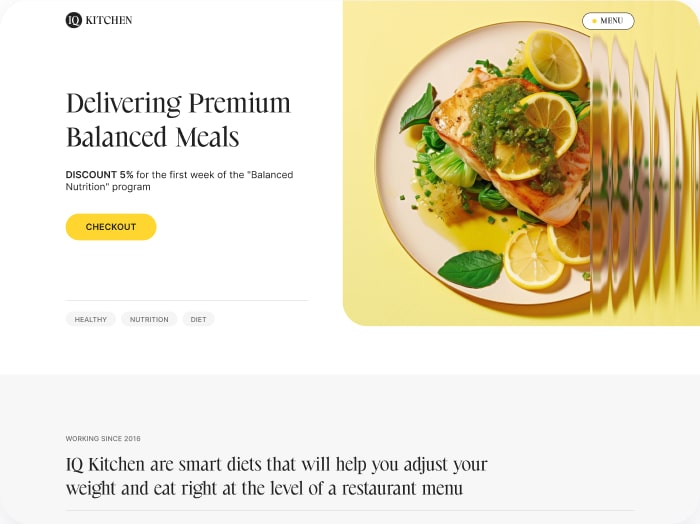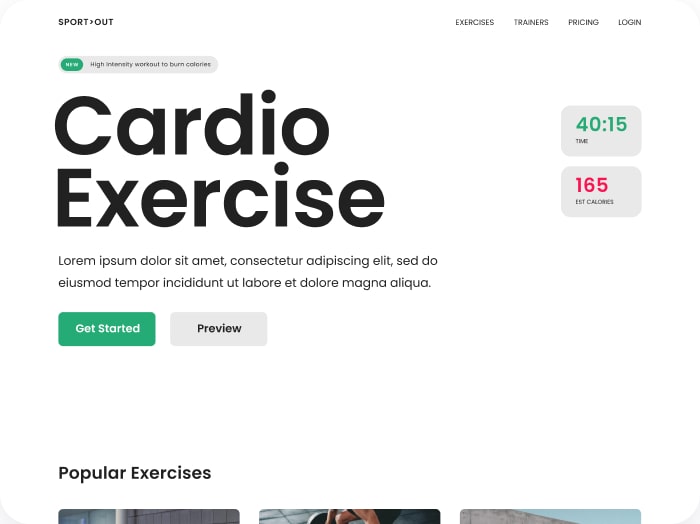Imagine stepping into a future where meals are not just tailored to your nutritional needs but can also adapt and change in response to your environment or preferences. This vision is becoming a reality through the integration of 4D printing technology into the culinary world. 4D printed food promises a new era of dynamic food customization, combining shape-changing nutrition with the ability to create adaptive meals that respond to various stimuli, such as temperature or moisture levels.
Understanding 4D Printing in Food Technology
4D printing is an extension of 3D printing, where structures are engineered to undergo transformations over time due to external or internal stimuli. This technology has been expanding across various sectors, including aerospace and biomedicine, and is now making its mark in food processing. The application of 4D printing to food involves using smart materials that can change their characteristics based on environmental conditions.
Techniques Used in 4D Food Printing
Several techniques are employed in 4D food printing, with extrusion printing being one of the most popular methods. Extrusion printing involves programming a virtual model, converting it into layer patterns, and extruding materials through a nozzle. This method is highly versatile and is used to print materials like starch hydrogels, soy protein, and potato puree by controlling rheological properties for stability during and after printing. Variations of extrusion printing include room temperature and hot-melt extrusion, tailored for specific materials such as dough, cheese, and chocolate.
For example, room temperature extrusion is ideal for printing materials like dough and cheese, allowing for high repeatability in confectionery and pasta products. Hot-melt extrusion, on the other hand, involves heating and melting materials like chocolate to ensure uniform thickness and density as it solidifies instantly upon extrusion.
Benefits and Applications of 4D Printed Food
4D printed food offers several benefits over traditional food products. It allows for the customization of color, shape, flavor, and nutritional properties of food, catering to diverse consumer preferences and dietary needs. This technology also enables the creation of interactive and dynamic food structures that can enhance the dining experience. For example, 4D printed foods can change color or shape when exposed to different conditions like temperature changes or pH levels, creating a unique sensory experience.
Real-world applications of 4D printing in food are beginning to emerge. Companies like Revo Foods are pioneering the use of 3D printing to produce plant-based seafood alternatives, showcasing the potential for customization and sustainability in the food industry. While not directly involving 4D printing, such initiatives highlight the growing interest in using advanced technologies for food customization and innovation.
Case Studies and Innovations
A fascinating example of interactive food design involves 3D-printed chocolates that “bloom” when a hot chocolate sauce is poured over them, creating a personalized dessert experience. Similar innovations can be expected in 4D printing, where stimuli like moisture or temperature could trigger color changes or shape morphing in food products.
For instance, researchers have explored using materials like sodium alginate in potato puree mixtures to achieve pH-dependent color changes, demonstrating the potential for intelligent, adaptive food systems. Such developments not only enhance visual appeal but can also be used to deliver nutrients or bioactive compounds in a controlled manner.
Future Perspectives and Challenges
The future of 4D food printing holds much promise, as it is poised to revolutionize how we approach meal customization and sustainability. However, several challenges must be addressed, including the development of more advanced stimuli-responsive materials and the scaling up of production for commercial viability.
Efforts to enhance printer design and software, as well as the development of intelligent control systems, will be crucial. These advancements will enable real-time adjustments during printing, improving the quality and uniformity of 4D printed foods. Additionally, the integration of nutrition tracking tools, such as those provided by platforms like Calorie Calculator Cloud, could facilitate personalized nutritional planning based on the custom attributes of 4D printed meals.
To explore further pricing options for integrating such technologies with your health and fitness goals, you can visit the Calorie Calculator Plans page. This integration could help ensure that your adaptive meals not only taste and look amazing but also align perfectly with your dietary requirements.
Real-World Applications and Brands
Beyond the realm of 4D printing, companies are already leveraging 3D printing to create innovative food products. Revo Foods, for instance, uses 3D printing technology to produce plant-based fish alternatives, highlighting the potential for customization and sustainability in the food sector. While not specifically focused on 4D printing, this technology demonstrates the power of additive manufacturing in creating food products tailored to consumer needs.
Other brands such as Barry Callebaut and Mona Lisa 3D Studio have explored 3D printing for creating interactive desserts, showcasing the versatility of this technology in enhancing the culinary experience.
Conclusion and Future Directions
In conclusion, the integration of 4D printing technology into food production offers a promising path for dynamic food customization, incorporating shape-changing nutrition and adaptive meals. This innovative approach not only enhances the sensory experience of dining but also addresses broader issues like sustainability and personalized nutrition.
As research in 4D printing advances, it is essential to collaborate with platforms like Calorie Calculator Cloud to ensure that these innovative foods align with individual health goals. By embracing this technology, we can envision a future where meals are tailored not just to taste but to optimize nutrition and sustainability.
For those interested in exploring how 4D printing might align with their health and fitness goals, considering tools that track nutritional intake, such as Calorie Calculator Cloud, can be a valuable next step. By combining cutting-edge food technology with personalized nutrition planning, individuals can unlock a new level of dietary customization and wellness.








